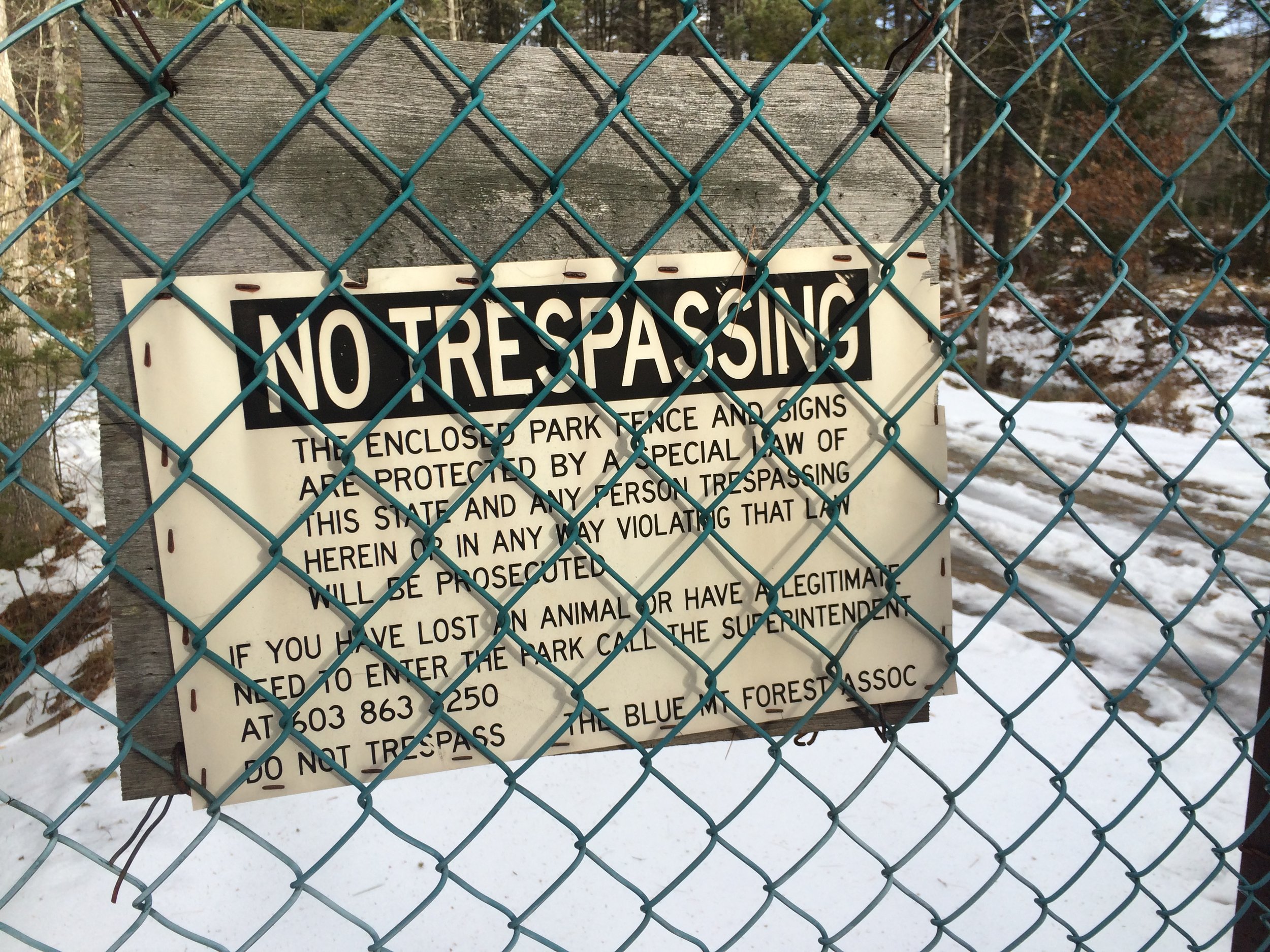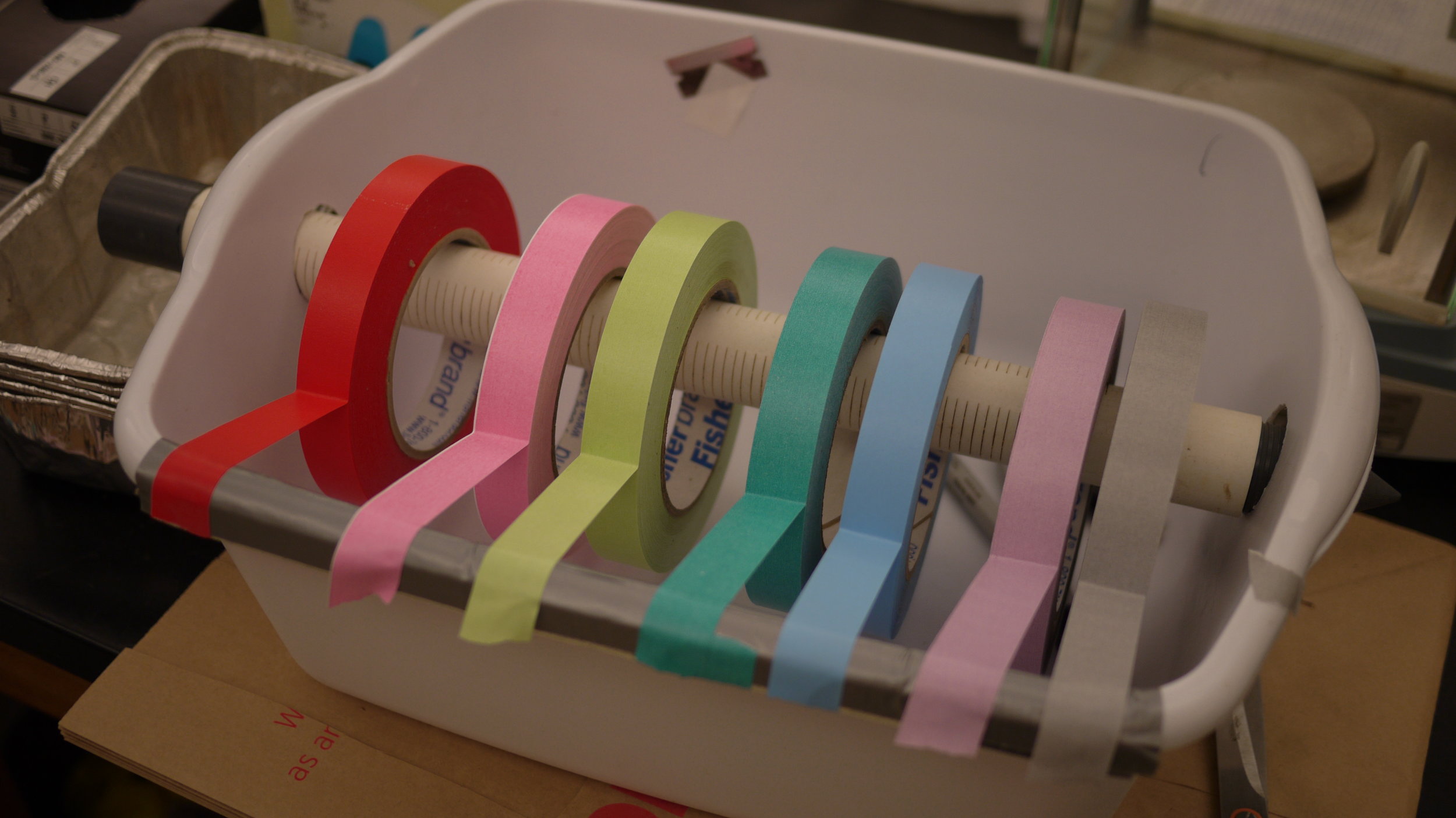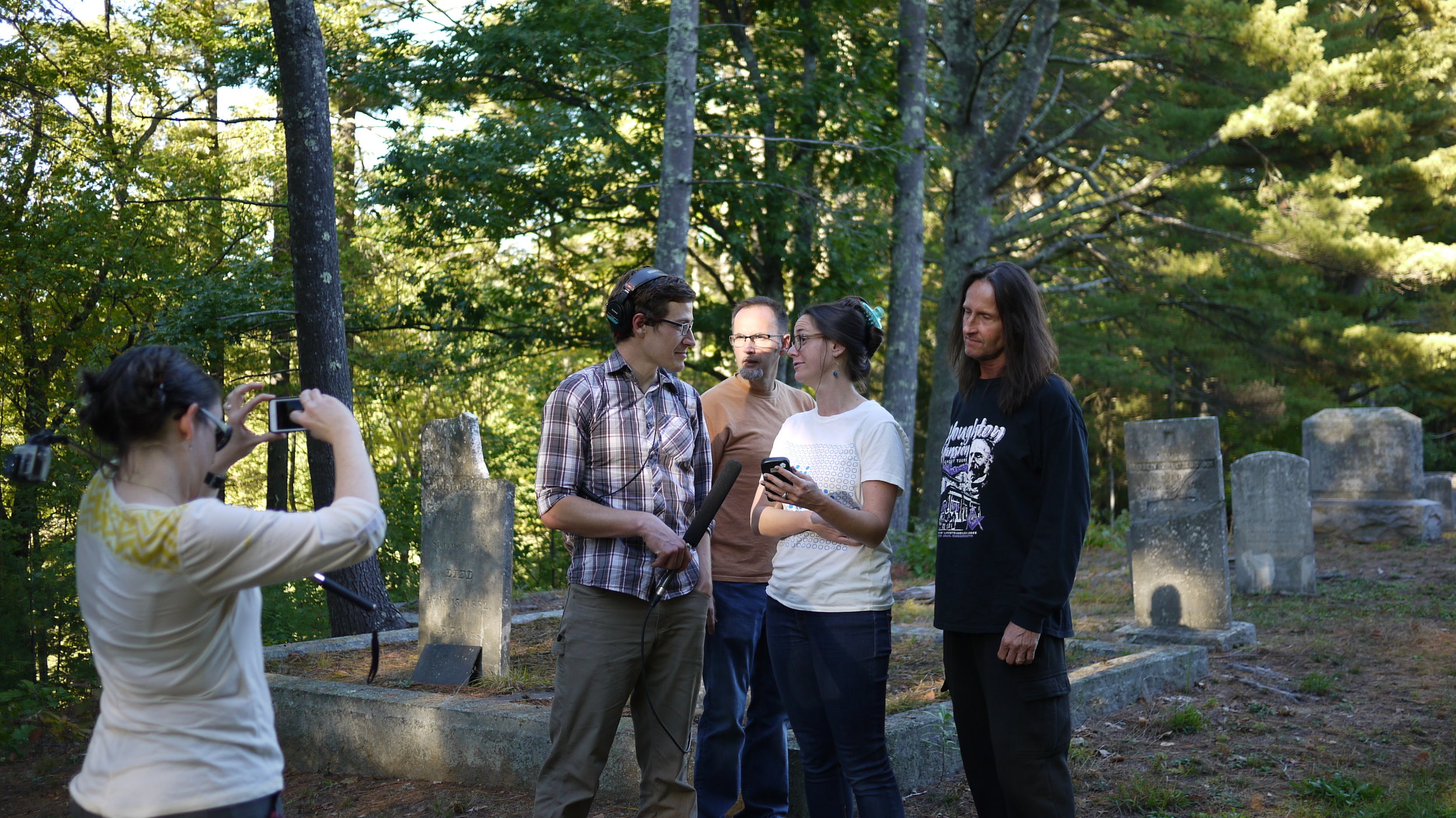But What if Solar is Saving us Money?
Except, we’re not 100% sure that’s true.
There’s another former New Hampshire regulator, Cliff Below (he’s also the former state lawmaker who wrote the initial net metering law here in New Hampshire) who argues that solar might be doing more good than harm
“Net Metering was initially thought of as a rough justice,” he told me in an interview. He said when net metering first came along there was this belief that, “there were benefits particularly to solar, because increasingly for New England, peak demand was being driven by air conditioning loads, which was driven by sunlight landing on buildings and heating things up.”
To understand this argument, you have to understand that even though on your electric bill you pay the same amount for every unit of energy, all electrons are not created equal. In reality, every five minutes there is a new auction for energy and so every five minutes we’ve got a new price for energy. When demand is low, prices are low, and they can actually go negative, usually at night. (As in power plants will pay us so they don’t have to shut down.) When demand is high prices can be insane: 100 times higher than normal.
But again, the utilities take all of those costs, they average them all out, they divide them by their customers, and you never see that variation on your bill.
So the thing is: if solar panels are producing at times of day that are really high value—sunny, hot, air conditioning heavy days—the electrons coming off the panels might be worth substantially more (on average) than all of the electrons on the grid (on average). And maybe, just maybe, even the very generous rate net metered customers are getting doesn’t fully reimburse them for what they’re making.
There’s more to this argument. If done properly, solar might reduce the need to build new power lines, substations or other infrastructure, but most of those other facets stem from this same principal. Solar tends to produce at times when the grid is most in need of electrons.
So How Can We Know Who’s Right?
“These problems are often put out there as very difficult problems to solve. They’re actually not, in my view, that difficult to address, but we need to just put all of the numbers on the table.” That’s the assessment of Jessika Trancik, she’s a professor of energy studies at MIT.
Jessika’s point is that we can answer this question for every individual solar array if you look at the data. When is it producing? What are the power prices at that moment? What kind of neighborhood is it in on the grid? What’s the load on that circuit? Is it helping on that circuit or is it hurting on that circuit?
You can take all that data and she says, “look at each different location and understand how the situation what the situation looks like today and how that’s likely to change over time. But I think that’s all very doable.”
But in order to do this, you need the data. That means installing smart meters on solar arrays so we can see the minute-by-minute production of the panels. It means getting the data from the utilities to know if the solar panels are producing at a time when they are needed in the given neighborhood that they are in.
And it could also mean paying solar producers prices that make more sense: as in prices that are different for different times of day.
Here in New Hampshire, people are arguing about what to do with the state’s net metering program, and most of the fixes that people are proposing are pretty blunt instruments. In my opinion, they are kind of disappointingly blunt.
If you’re a net metered customer in New Hampshire, you’re getting paid about seventeen cents per kilowatt hour. So seventeen cents is the starting point.





















































































